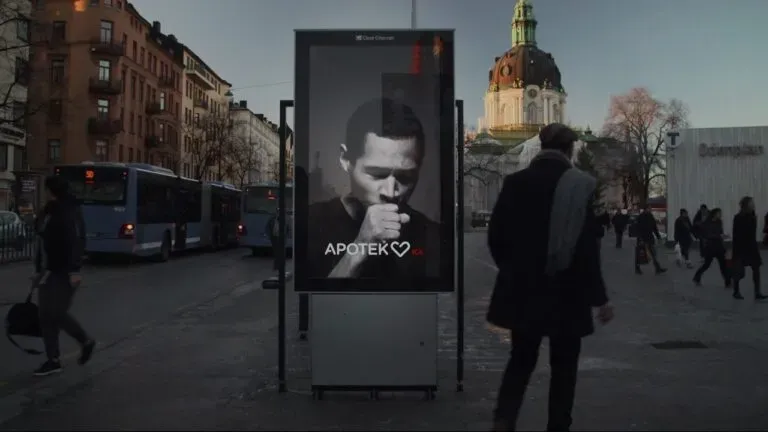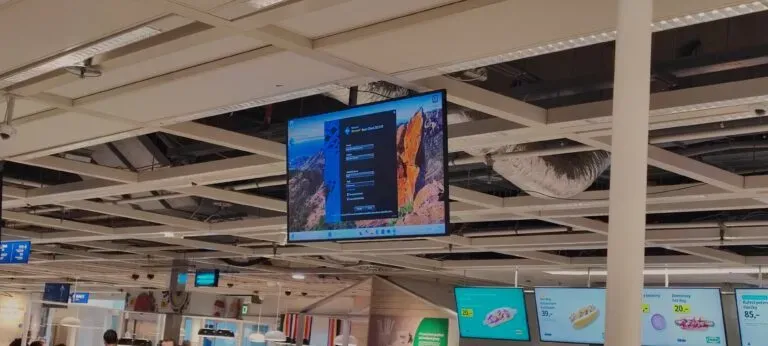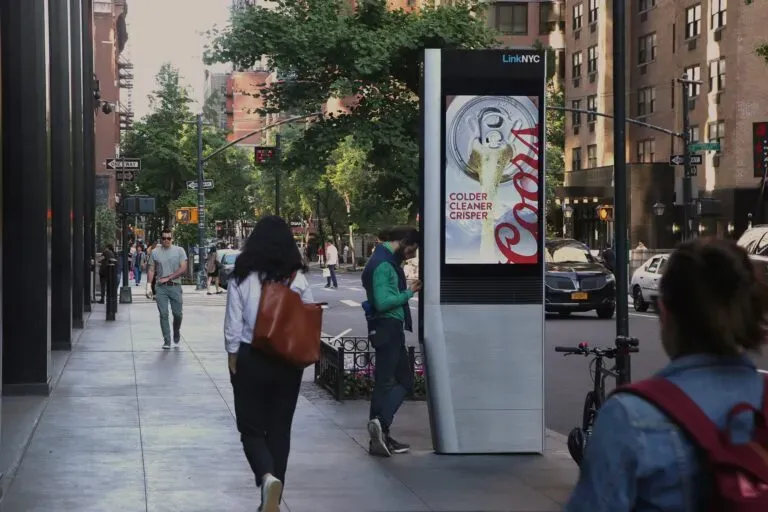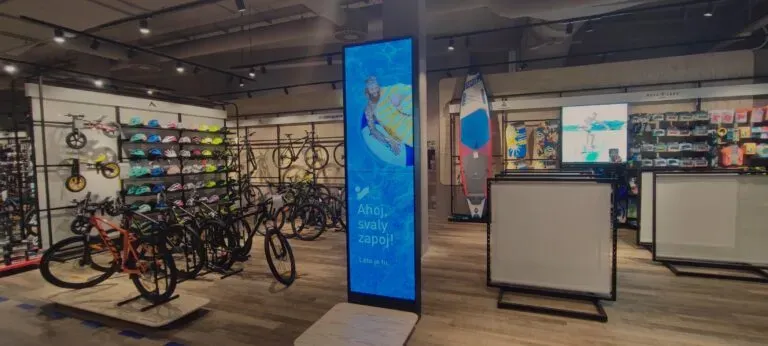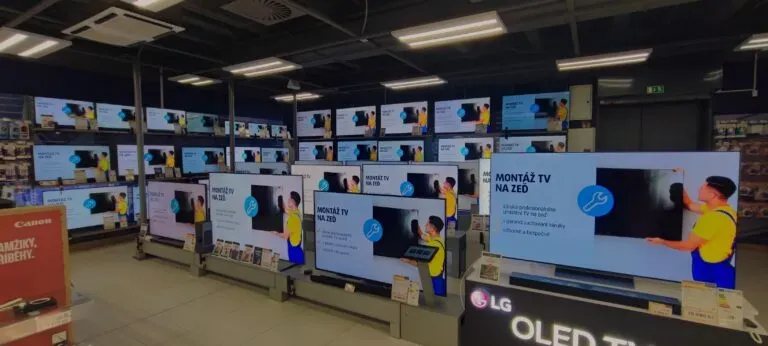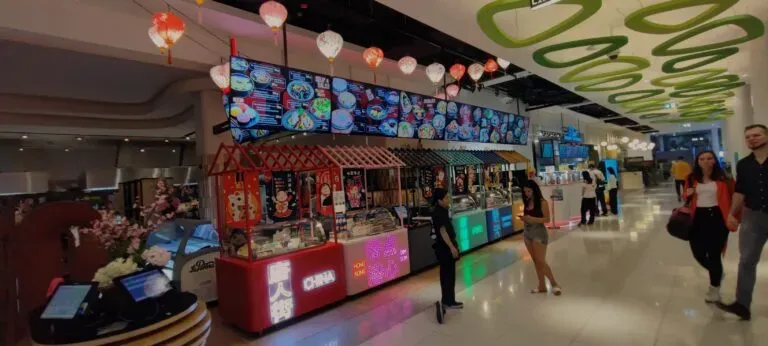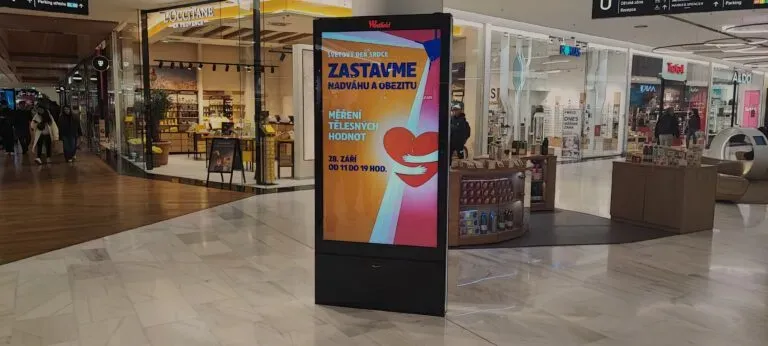7 steps to implement personalized advertising message delivery
Personalized advertising: In the world of digital competition, it is no longer enough just to broadcast advertising to a wide audience.
Consumers quickly get tired of repetitive ideas, banal banners, and emotionless messages. They expect brands to communicate with them on the level of values, interests, and current needs. That is why personalized digital advertising becomes a central element of an effective marketing strategy and a driving force in the development of Digital Signage systems.
What is a personalized approach
Personalization means building advertising that takes into account the individual characteristics of each client — their purchase history, online behavior, location, or even time of day. Thanks to modern Digital Signage solutions, advertising screens can dynamically change content according to context: show different offers to different clients at the same moment.
Such systems are closely integrated with content management software, which allows marketers to automatically update materials, segment the audience, and carry out effective content management within the digital screen network. This creates a truly personalized experience that increases trust in the brand and stimulates repeated interactions.
Why personalization is crucial
Clients respond much more willingly to content that feels close to them. According to numerous studies, personalized messages increase the level of engagement by more than twice compared to mass digital advertising.
Here are several key reasons why implementing a personalized approach should be considered a strategic priority:
– A higher degree of user interaction with the brand.
– Increased level of consumer trust and loyalty.
– Growth of purchase likelihood after viewing content.
– Return of the client to the website or to the offline store.
The role of Digital Signage technologies in personalization
Interactive digital screens have become not just a tool for advertising, but also an analytical center that helps understand customer behavior. Digital Signage solutions allow not only to display pictures or videos, but also to collect data about views, attention retention time, geolocation, or even audience reaction. All this is integrated with content management software, which opens new possibilities for adapting campaigns in real time.
As a result, the company receives a powerful content management tool and can provide a personalized experience for each viewer — whether it’s an advertising campaign in a shopping center or an information board in a cafe.
The impact of advertising personalization on quality
Personalized digital advertising is becoming the standard for business, because it not only allows reaching the audience, but also creates a unique experience for each customer. According to Statista research:
– Personalized advertising messages have twice the conversion rate compared to regular advertising.
– More than 80% of consumers in Europe believe that personalized advertising is more useful and less intrusive than mass advertising.
– Positive customer experience with personalized advertising significantly strengthens trust in the brand and stimulates repeat purchases. Consequently, sales increase by 24–33% thanks to Digital Signage solutions in retail.
Digital Signage and content management statistics
– The global Digital Signage market in 2024 was estimated at $28.83 billion and is projected to grow to $45.94 billion by 2030. More than 60% of companies plan to implement Digital Signage solutions in the next two years, mainly for flexible and effective content management.
– Digital Signage systems with content management software enable automatic audience segmentation, message adaptation, and testing of different campaign options depending on time of day, place, or customer characteristics.
– In retail, interactive screens increase customer flow by 24% and average receipt by 29.5% compared to traditional advertising. Brands note that personalized video ads receive almost 400% more views than static banners.
How this improves advertising quality
– Personalization ensures relevance and accuracy of advertising for each client, reduces advertising noise, and increases audience satisfaction.
– Thanks to content management software, messages can be quickly changed according to analytics, making advertising more modern and effective.
– Brands get increased trust, loyalty, and ROI — this is the main value of the personalized approach in Digital Signage.
How to develop a personalized approach in digital advertising?
The development of digital technologies has created many tools that allow brands to speak to the audience on a new level. Modern analytics in digital advertising makes it possible to precisely understand users’ needs, and content personalization transforms standard campaigns into targeted, relevant, and effective communications.
A personalized approach in advertising is not just about using the client’s name in the headline. It is a comprehensive strategy that includes data analysis, flexible use of a content management system (CMS), testing different media formats, and continuous improvement based on advertising analytics results. Let’s look at 7 steps that can help implement this.
Step 1. Collecting customer data
For personalization to have a noticeable effect, you need to clearly understand who your audience is. At the first stage, the following are collected:
– demographic data — age, gender, place of residence
– purchase history, orders, and interactions with the brand
– preferences in communication channels
– interests, hobbies, lifestyle
You can obtain this information via your website, social media, mobile apps, or email subscriptions. For example, behavioral data makes it possible to track which products or pages attract the most attention. By using this information, a company can prepare more relevant content to display via a digital signage player in shopping centers or offices.
Step 2. Audience classification
The analysis of collected data helps to identify main customer segments. These may be:
– new users who are just getting acquainted with the brand
– regular customers who maintain steady interest
– potential clients who have not yet made a purchase but are actively exploring the offer
With good digital advertising analytics, these groups can be flexibly compared, their life cycles identified, and communications adjusted. For example, regular customers expect exclusivity, while newcomers want a simple and quick path to their first purchase.
Step 3. Developing personalized messages
At this stage, the content to be shown to the audience is created. It is important that advertising messages look natural, are not intrusive, and match the brand style.
– New customers can be offered a bonus or discount on their first purchase.
– Regulars — special conditions or a personal promo code.
– Potential clients — useful information about the advantages and features of the product.
If the campaign runs through interactive digital advertising, it is worth using videos or dynamic elements that respond to user behavior — for example, touch screens or QR codes. A content management system (CMS) will help with this, as it allows you to quickly update materials and adapt them to specific segments.
Step 4. Conducting tests and analyzing results
After launching a personalized advertising campaign, one of the most important stages begins — testing. This allows you to check how effectively the selected tools and formats work. A/B testing helps to understand which headlines, offers, or visual elements attract the audience the most.
It is at this stage that Digital Signage can become a reliable partner for the brand. It is able to instantly change advertising materials, test alternative versions of content at different locations, and collect real-time statistics. For example, in food establishments or shopping centers, such a system allows digital menus and information for clients to be displayed, responding to their behavior or time of day.
Connection via Android set-top box or Android media player allows you to quickly update information and remotely control screens without additional infrastructure costs. As a result, the company gets the opportunity to promptly test hypotheses and find the best options for interacting with the audience.
Step 5. Adjustment and ongoing optimization
Personalization is a dynamic process that requires regular updates. After analyzing the results of testing, changes should be made to the structure of offers, advertising formats, and approaches to composing messages.
Updating the data and content system must be done on a continual basis. For example, in digital-format campaigns, users may rapidly change interests, so information must be kept up to date. An adaptive Digital Signage system enables changes to be made simultaneously on dozens of screens, maintaining brand consistency. This approach provides precise customization and deep personalization of offers for clients, which significantly increases the effectiveness of marketing actions.
Step 6. Integration with offline formats
To achieve maximum effect, it’s worth integrating the digital campaign with other communication channels. For example, digital signage combined with traditional POS materials creates a unified brand space and helps convey messages consistently. Android media players in set-top boxes allow personalized content to be displayed on various display formats — from large LED panels to small screens in shops or cafes.
Thanks to this, the client receives relevant information precisely when it’s most needed: discounts, menus, recommendations, or special offers. By using digital menus and information for clients, a company can finely tune the display scenarios and build a personalized brand interaction experience.
Step 7. Developing and scaling the strategy
When the personalization system begins to deliver stable results, you should move on to scaling. At this stage, it is important to develop a long-term strategy that allows you to expand audience reach and automate the content management process.
By using digital signage, a company can build a powerful network of dozens of display points, synchronized via Android media player, and manage them from a single platform. This approach combines technology, data, and the flexibility of the marketing team, creating a consistent impression at every point of contact with the client.
In the long-term perspective, continuous personalization of client offers will become the foundation of the brand’s competitive advantage — helping to maintain loyalty, increase conversion, and strengthen market position.
Thanks to the implementation of modern technologies and effective use of personalized approaches, city advertising becomes not just an informational space, but a powerful tool for building audience engagement and trust.
Advision is a content management system for remote control, media planning of video and audio content broadcasting, and a supply-side platform for monetising advertising time. We also implement a Wi-Fi tracking system to measure quantitative indicators of the advertising audience. We help Digital Signage owners and DOOH advertising operators earn money from advertising, automate work processes, and build a reliable media infrastructure using AdTech and MarTech software solutions.
Contact us if you want to increase your profits and implement the latest technologies to solve your problems!
Share the news










